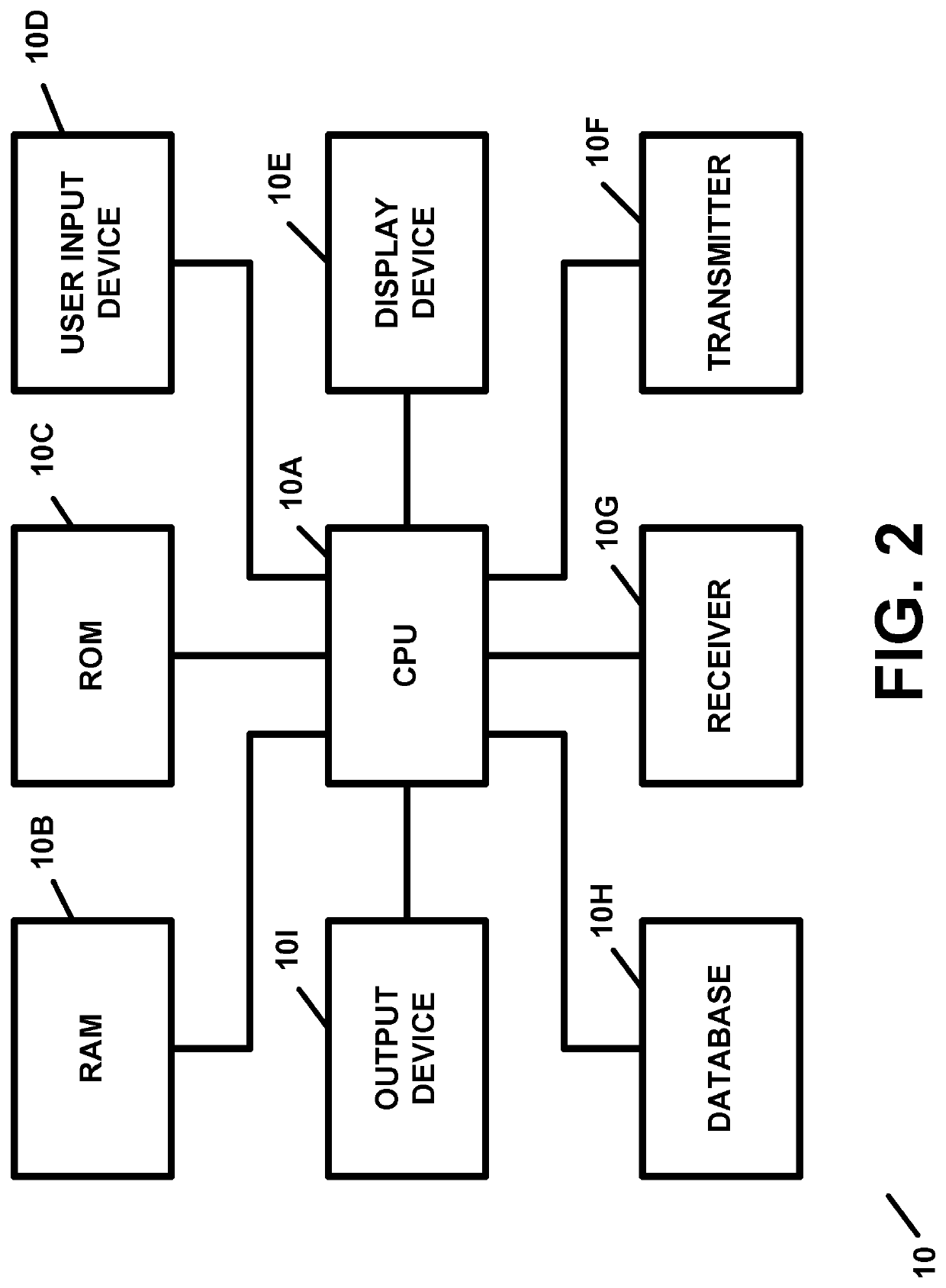There is no doubt that many of these deaths result from inaccurate and / or erroneous information and / or the lack of the availability of correct and / or up-to-date information.
Another problem lies with the fact that the main source of
patient information, medical histories, family histories, etc., upon which doctors or providers may base their diagnoses and / or treatments, are patients who usually supply this information on questionnaires or forms just prior to seeing the healthcare provider and / or during a preliminary interview with the provider.
In this regard, information obtained from these questionnaires or forms, as well as from these preliminary interviews with the providers, may not necessarily result in sufficient, comprehensive, and / or accurate, information being obtained regarding the patient.
Further, there is no guarantee that the same information will be provided, in a uniform manner, to a next or different provider.
As a result,
patient information may not be uniformly distributed and / or be available to providers at the point of treatment and / or otherwise.
Another problem which exists in the current healthcare
system is that doctors or other providers do not always have the latest information and / or research material available to them prior to, and / or during, the diagnosis and / or treatment process.
Still other problems arise when an individual or a patient, or a caregiver for an individual or a patient, engages in a video call with a healthcare provider in or during a remote or a virtual provider visit or in or during a remote or a distance examination.
In such instances, there is no guarantee that the healthcare provider has access to the individual's or the patient's healthcare records, files, or history, before or during the video call and the remote or virtual provider visit or in or during the remote or distance examination.
Further, there is no guarantee that the healthcare provider, even if provided with access to the individual's or the patient's healthcare records, files, or history, can access the same, and enter notes, findings, and / or information, into the same in an easy and efficient manner, and / or be able to do so in, during, or after the remote or distance examination.
As a result, the healthcare provider may be not be provided with sufficient information to conduct a full and complete examination or evaluation of the individual or the patient, or to make or arrive at a diagnosis based on any and / or all needed and available information regarding the individual or the patient, or to prescribe a treatment based on any and / or all needed or available information regarding the individual or the patient.
As a further result, the healthcare provider may not have access to the individual's or the patient's healthcare records, files, or history, in order to properly or completely enter notes or any other information regarding the individual or the patient as well as any information, observations, examination findings, or examinations results, obtained by, made by, or obtained during the remote or the virtual provider visit or in or during the remote or the distance examination.
Another problem associated with healthcare providers and patients who engage in video calls during remote or virtual provider visits or in or during remote or distance examinations lies in the fact that the healthcare provider may not able to control and / or to monitor healthcare equipment, devices, or systems, which is located with the patient.
In such instances, patient control and / or operation of such healthcare equipment, devices, or systems, might fail to yield measurements or results if uncalibrated and / or misused by patients or their caregivers.
Another problem also lies in securing data and / or information stored
in patient's healthcare records, files, or history, especially when data and / or information may be accessed via the online networks and / or
the Internet and / or the
World Wide Web.
 Login to View More
Login to View More  Login to View More
Login to View More 


